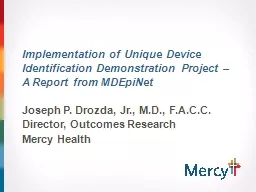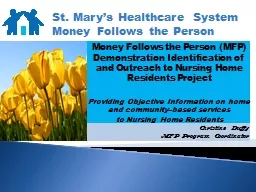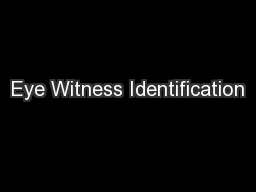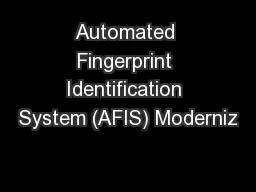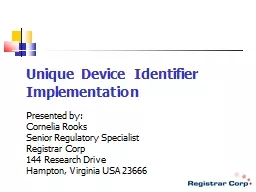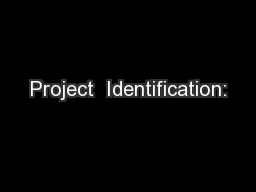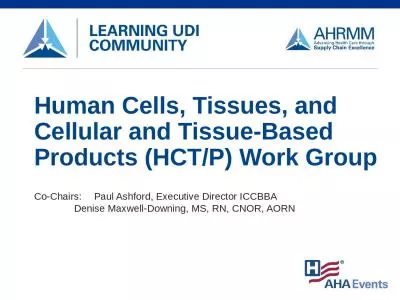PPT-Implementation of Unique Device Identification Demonstration Project – A Report from
Author : clustik | Published Date : 2020-06-30
Joseph P Drozda Jr MD FACC Director Outcomes Research Mercy Health Mercy Health 34 ACUTE CARE HOSPITALS 4396 LICENSED BEDS 36917 COWORKERS 185
Presentation Embed Code
Download Presentation
Download Presentation The PPT/PDF document "Implementation of Unique Device Identifi..." is the property of its rightful owner. Permission is granted to download and print the materials on this website for personal, non-commercial use only, and to display it on your personal computer provided you do not modify the materials and that you retain all copyright notices contained in the materials. By downloading content from our website, you accept the terms of this agreement.
Implementation of Unique Device Identification Demonstration Project – A Report from: Transcript
Download Rules Of Document
"Implementation of Unique Device Identification Demonstration Project – A Report from"The content belongs to its owner. You may download and print it for personal use, without modification, and keep all copyright notices. By downloading, you agree to these terms.
Related Documents

